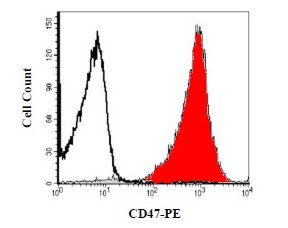When a migratory natural killer (NK) cell encounters a potential target cell, it must stop and integrate signals from various sensory inputs to decide whether to proceed with a cytolytic response. Daniel Davis and colleagues show how the formation of a lytic synapse between an NK cell and a target cell, resulting in the polarized secretion of cytolytic granules, is continuously regulated by the balance between signalling through activating and inhibitory receptors.
[from Nature Reviews Immunology 9, 606, September 2009]
Comments from this interesting article:
Natural Killer Cell Signal Integration Balances Synapse Symmetry and Migration. Culley FJ, Johnson M, Evans JH, Kumar S, Crilly R, et al. 2009 PLoS Biol 7(7): e1000159. doi:10.1371/journal.pbio.1000159
R&D Systems reagents used in that study:
- Antibodies to NKG2D (Clone 149810), NKG2A (clone 131411)
- Recombinant ICAM-1, ICAM-1-Fc and MICA-Fc chimeras
- IFNγ ELISA






